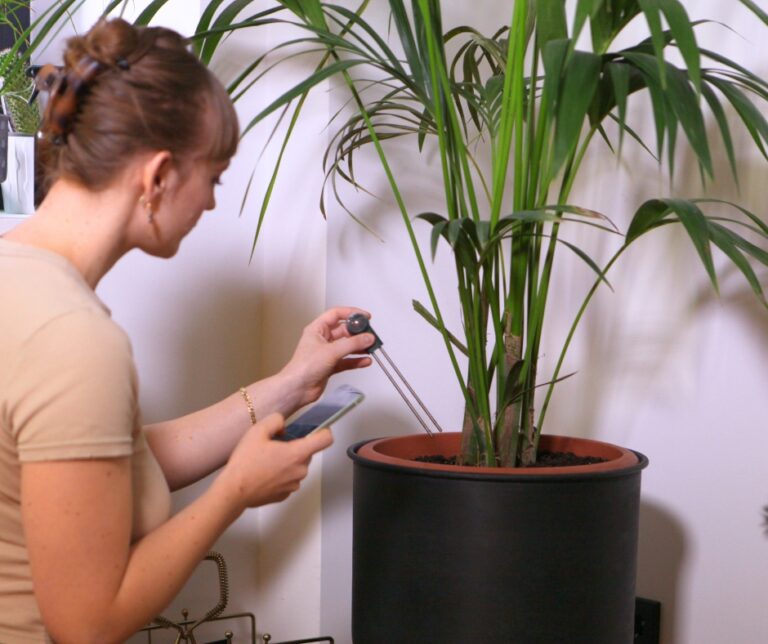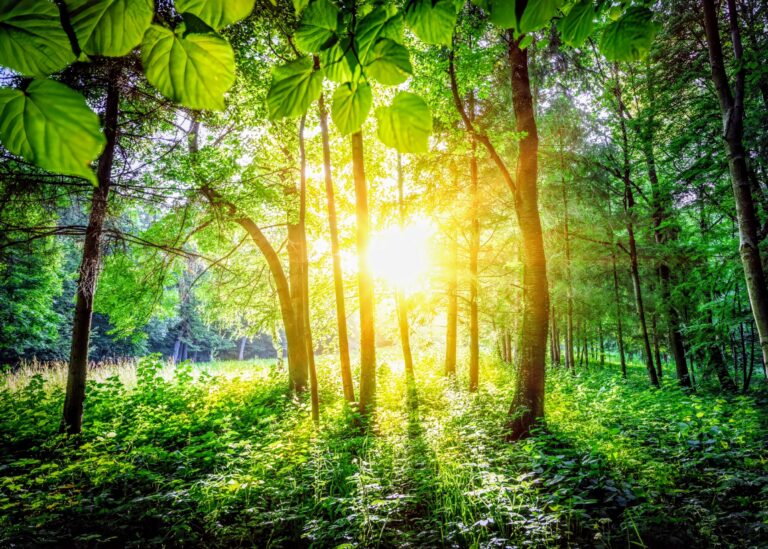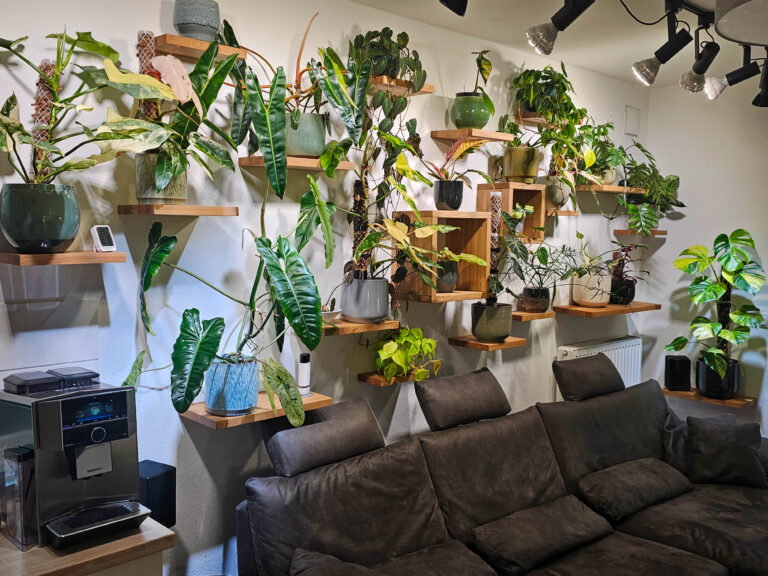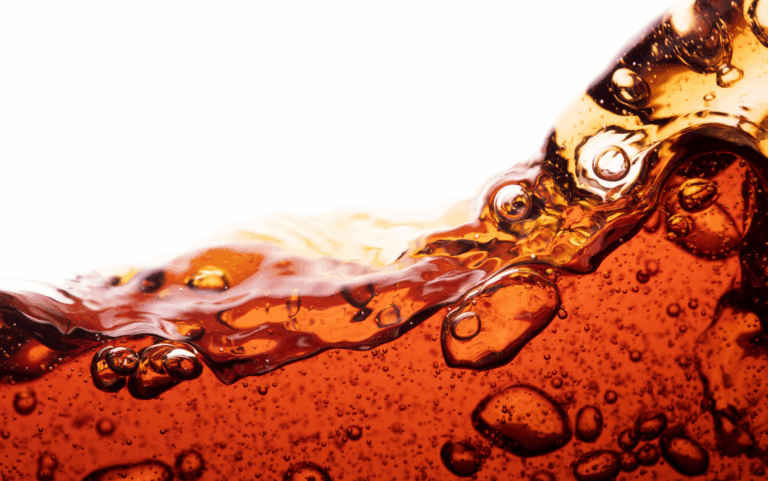
When your cannabis plants have developed seven sets of pointed leaves or between 3 and 4 nodes, they are considered to be entering the vegetative phase. This stage occurs after the seedling phase and before the flowering phase. During this period, most of the plant’s upward and lateral growth takes place, unless it is trained. The early vegetative phase is crucial for implementing various growing techniques such as topping, high-stress training (HST), or low-stress training (LST), which growers use to maximize yield.
When cultivating autoflowers, you won’t have control over the length of this phase. However, it’s essential to maintain optimal environmental conditions to ensure a successful harvest. On the other hand, when growing photoperiodic cannabis, you can control the duration of this cycle by adjusting light schedules. This is the preferred phase for growers to take cuttings. Interestingly, some cultivators keep their favorite plants in this stage indefinitely, allowing them to maintain a mother plant for producing cuttings and crossbreeding with other cannabis varieties.
The vegetative phase is a crucial period of growth for cannabis plants. During this stage, not only does visible growth occur above the soil, but the root system also expands significantly. This root development is essential for maximizing nutrient uptake, supporting ongoing growth, and preparing for the upcoming flowering phase.
If you initially planted your seedling in a small container, the vegetative phase is the ideal time to transplant it into a larger pot. This repotting process promotes further root growth, which is vital for the plant’s overall health and productivity.
To ensure optimal development during the vegetative phase, cannabis plants have specific requirements that growers should meet. Let’s explore these key factors.
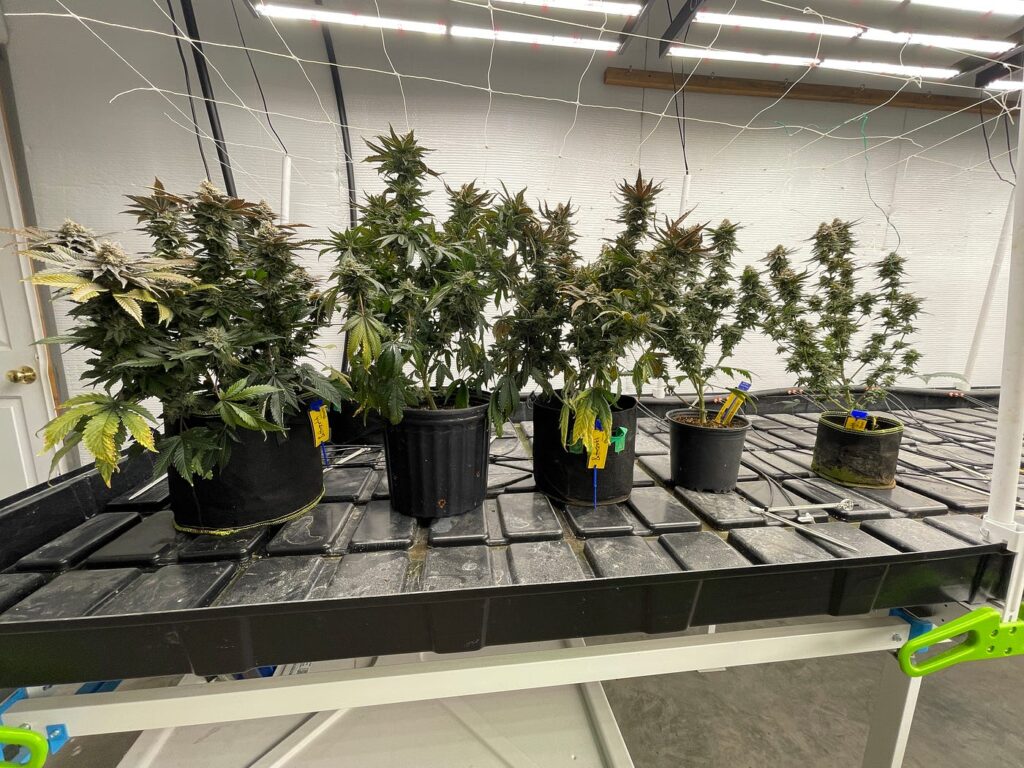
Container Size
The choice of container size depends on whether you’re growing autoflowering or photoperiodic cannabis strains. For autoflowering cannabis, which transitions to flowering automatically, a 10 to 15-liter pot is recommended for maximum yield. Photoperiodic strains offer more flexibility in terms of growth control and container size options.
For photoperiodic cannabis, container size varies depending on your cultivation strategy. Many indoor growers opt for multiple smaller plants in confined spaces. For example, in a one square meter area, you might find configurations of 25 (5×5), 20 (4×5), or 16 (4×4) plants. In these scenarios, 3-liter containers are ideal, particularly when limiting the vegetative phase to approximately 4 weeks.
If you plan for an extended vegetative phase, consider using 7-liter containers. However, the optimal container size ultimately depends on your desired plant height and the duration of the vegetative phase. This flexibility allows cultivators to tailor their setup to maximize yield and efficiency in their specific growing environment.
The versatility of photoperiodic varieties allows for a wide range of container sizes, from 3 liters up to 20 liters, depending on your specific growing conditions, space, and goals. This flexibility enables growers to optimize their setup based on available space, desired plant size, and cultivation techniques.
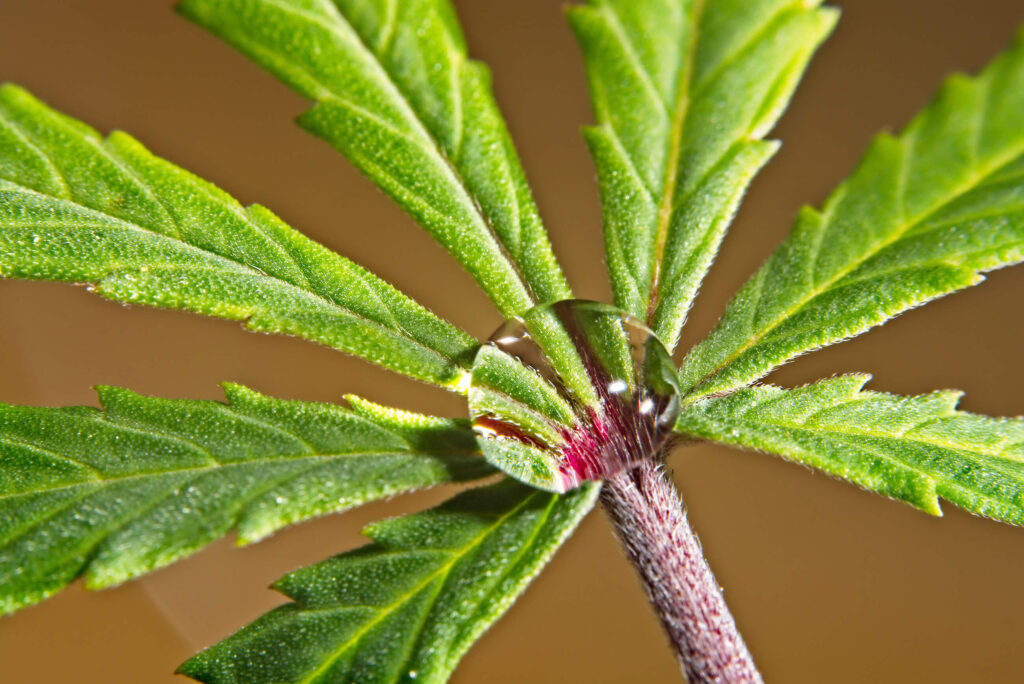
Soil Moisture
As your cannabis plant progresses through the vegetative phase, its water requirements will increase compared to the seedling stage. You’ll need to water more frequently due to the expanding root system and upward growth, which intensify the plant’s nutrient and water needs. Generally, you should wait until the soil is slightly dry before watering again. However, for precise irrigation timing, consider using a sensor like the FYTA Beam. This device can help you maintain optimal soil moisture levels throughout your cannabis plant’s growth cycle, ensuring healthy development and maximizing yield potential.
Nutrients
During the vegetative phase, cannabis plants require increased nutrients, particularly nitrogen, to support the robust growth of new stems and leaves. While most fertilizer brands provide specific dosage instructions for different growth stages, a common NPK ratio for this phase is 3:1:1. This ratio emphasizes nitrogen (N) to promote vigorous vegetative growth.
It’s important to note that you may not always find fertilizers with this exact ratio. However, cannabis growers can adjust their nutrient solutions by mixing fertilizers or diluting with water to achieve the desired nutrient balance. This flexibility allows cultivators to fine-tune their feeding regimens to meet the specific needs of their plants during the crucial vegetative stage.
Some soils come pre-enriched with nutrients that can sustain plants for 3 to 4 weeks. In these cases, it’s better to err on the side of nutrient deficiency rather than over-fertilization. Organic fertilizers are often a superior choice, as they nourish soil microorganisms that work synergistically with your cannabis plants to ensure proper nutrition, avoiding nutrient burns.
For optimal results, always follow the recommendations provided by your chosen fertilizer brand. Remember, maintaining the right nutrient balance is crucial for healthy cannabis growth and maximizing your yield potential.
Temperature
Temperature is a critical environmental factor for cannabis growth. During the vegetative phase, optimal daytime temperatures (or when lights are on) range from 21 °C to 28 °C (70 °F to 82 °F). At night (or when lights are off), the ideal temperature range is between 15 °C to 20 °C (59 °F to 68 °F). While slightly higher temperatures can be tolerated, it’s important to note that an increase in temperature should be accompanied by an increase in humidity, as these two factors are closely related.

Humidity
Relative humidity (RH) is directly influenced by temperature. Warmer air can hold more water vapor, while cooler air reduces the amount of moisture the air can retain. For cannabis plants in the vegetative stage, the optimal relative humidity range is between 50 % to 70 %. Maintaining the right balance between temperature and humidity is crucial for healthy plant development and maximizing yield potential.
Light
Cannabis light requirements vary depending on whether you’re growing photoperiodic or autoflowering strains. For autoflowering varieties, light cycles are less critical, and plants can thrive under various schedules, including 12/12, 16/8, 18/6, 20/4, or even 24/0 (light/dark hours). Light intensity during the vegetative stage should be maintained between 300 to 600 µmol/s. When cultivating cannabis outdoors, plants may receive higher light intensities than indoor setups. In such cases, growers should be prepared to increase watering frequency to meet the heightened hydration needs of their plants. This adjustment is crucial for maintaining optimal growth and preventing stress-related issues in outdoor cannabis cultivation.
Photoperiodic plants, on the other hand, require specific light schedules to remain in the vegetative phase. To prevent early flowering, these plants need more than 12 hours of light daily. Common light schedules for photoperiodic cannabis during vegetation are 16/8, 18/6, or 20/4. The combination of light intensity and schedule determines the Daily Light Integral (DLI), which should range between 30 to 45 mol/day for optimal growth. It’s important to note that you can adjust light schedules and intensities within the recommended ranges to suit your specific growing conditions and energy efficiency goals. This flexibility allows cultivators to optimize their cannabis plants’ growth while potentially reducing electricity costs. Always monitor your plants closely when making adjustments to ensure they continue to thrive under the new lighting conditions.
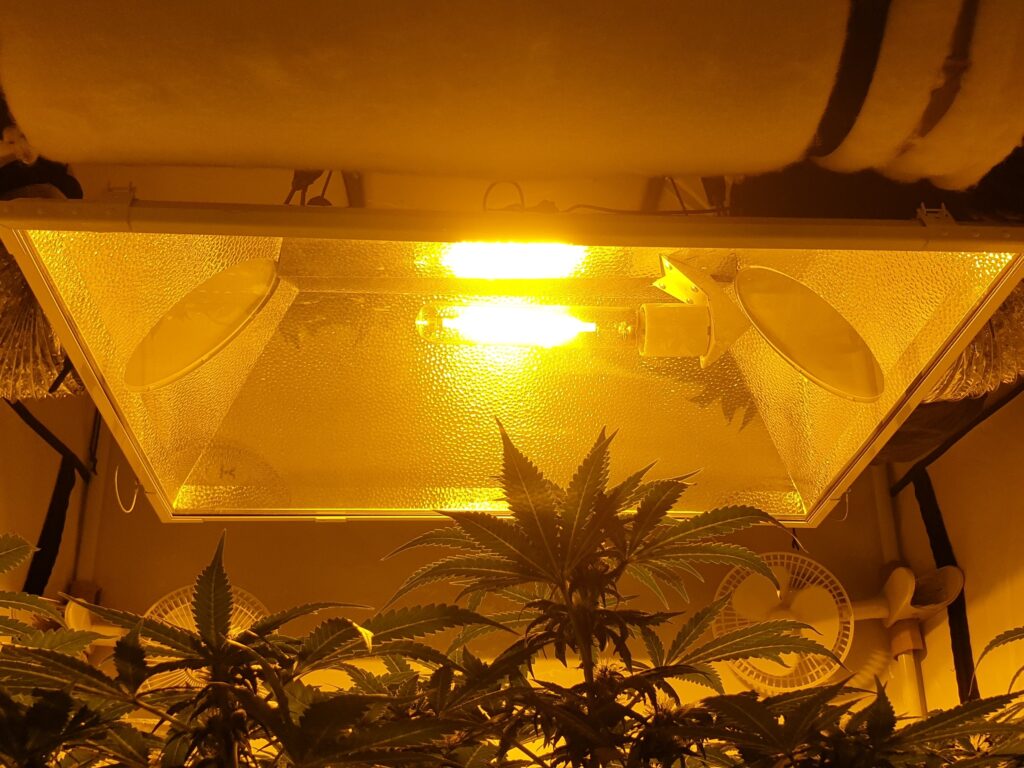
In conclusion, the vegetative phase is a critical period in the life cycle of cannabis plants. It’s during this stage that the foundation for a successful harvest is laid. By carefully managing container size, soil moisture, nutrients, temperature, humidity, and light, growers can ensure their plants develop strong, healthy structures capable of supporting abundant flower production in the subsequent flowering phase.
As you transition from the vegetative to the flowering phase, be prepared to adjust your care routine. The needs of your plants will change, but the strong foundation you’ve built during vegetation will set the stage for a bountiful harvest. Happy growing!

